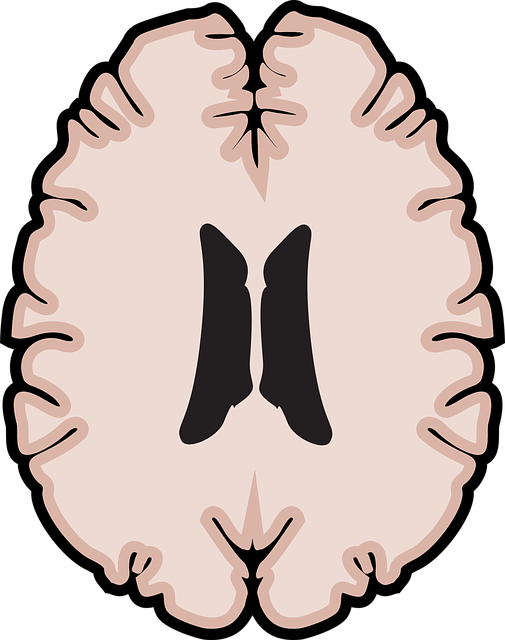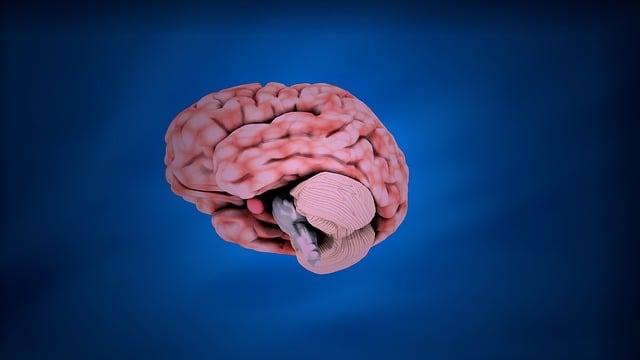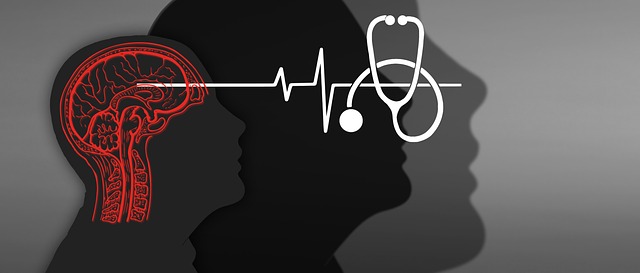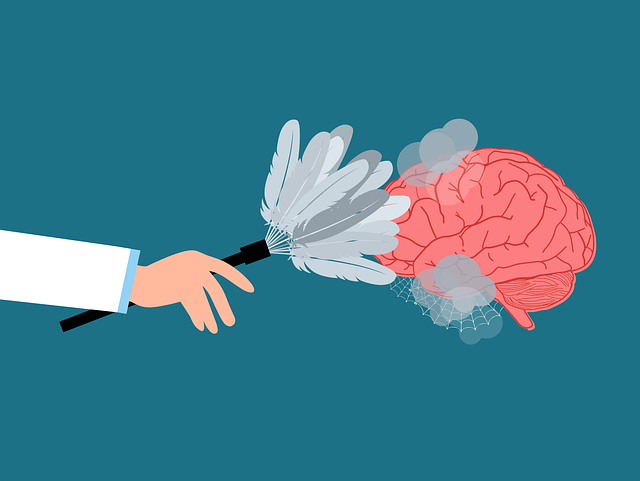Individuals with Centennial Panic Disorder and Anxiety Attacks can greatly benefit from mood regulation strategies integrated into therapy, including deep breathing, progressive muscle relaxation, cognitive reframing, and Cognitive Behavioral Therapy (CBT). CBT helps identify and change negative thought patterns, fostering healthier coping mechanisms. Mindfulness practices and sustainable lifestyle changes are crucial for long-term mood stability, enhancing emotional intelligence through journaling and mindfulness exercises. This holistic approach aims to dispel stigma, empower individuals, and improve overall well-being.
Mood regulation strategies are essential tools for managing conditions like Centennial Panic Disorder and Anxiety Attacks. This comprehensive guide explores three key approaches: understanding mood regulation, leveraging Cognitive Behavioral Therapy (CBT), and incorporating mindfulness with lifestyle changes. By delving into these methods, individuals can achieve long-term mood stability and enhance their quality of life. Discover practical insights and effective techniques to combat anxiety and panic disorders through therapy.
- Understanding Mood Regulation Strategies for Centenal Panic Disorder and Anxiety Attacks
- Cognitive Behavioral Therapy (CBT): A Powerful Tool in Managing Moods
- Incorporating Mindfulness and Lifestyle Changes for Long-Term Mood Stability
Understanding Mood Regulation Strategies for Centenal Panic Disorder and Anxiety Attacks

Understanding Mood Regulation Strategies for Centennial Panic Disorder and Anxiety Attacks
For individuals dealing with Centennial Panic Disorder and Anxiety Attacks, mood regulation strategies are crucial tools in their therapy arsenal. These techniques aim to help manage intense emotions and prevent or mitigate panic episodes. Therapy focuses on developing coping skills that enable people to confront and overcome the fear and anxiety associated with these disorders. Mental illness stigma reduction efforts play a significant role in encouraging individuals to seek help without feeling ashamed, fostering an environment conducive to open dialogue and effective treatment.
Through crisis intervention guidance, patients learn immediate strategies to calm themselves during an attack. Techniques such as deep breathing exercises, progressive muscle relaxation, and cognitive reframing are commonly taught. These coping skills not only help in the moment but also empower individuals to better navigate future challenges. By addressing both the symptoms and underlying causes, therapy for Centennial Panic Disorder and Anxiety Attacks seeks to enhance overall well-being and improve quality of life.
Cognitive Behavioral Therapy (CBT): A Powerful Tool in Managing Moods

Cognitive Behavioral Therapy (CBT) has emerged as a powerful tool in managing moods and mitigating conditions like Centennial Panic Disorder and Anxiety Attacks. This therapeutic approach focuses on identifying and changing negative thought patterns that can lead to distressing emotions and behaviors. By teaching individuals to recognize and challenge distorted thinking, CBT empowers them to develop healthier coping mechanisms and improve their overall well-being.
Through empathy building strategies tailored to each client’s unique experiences, CBT facilitates a deeper understanding of one’s thoughts and feelings. Public awareness campaigns development around mood management has further emphasized the efficacy of this therapy in addressing mental health challenges. By combining these approaches, CBT offers a comprehensive solution for those seeking to regulate their moods effectively.
Incorporating Mindfulness and Lifestyle Changes for Long-Term Mood Stability

Incorporating mindfulness practices and making sustainable lifestyle changes are key components for achieving long-term mood stability, especially in managing conditions like Centennial Panic Disorder and Anxiety Attacks. Therapy often emphasizes the power of mindfulness as a tool to cultivate present-moment awareness, helping individuals detach from negative thought patterns and emotional distress. By regularly engaging in mental wellness journaling or mindfulness exercises, one can gain better guidance on managing their emotions effectively.
These practices foster emotional intelligence—the ability to recognize and understand both your own and others’ feelings—boosting confidence in navigating life’s challenges. Over time, consistent mindfulness and lifestyle adjustments can lead to significant improvements in overall mental wellness, making it easier to cope with anxiety and panic attacks. This holistic approach encourages a more balanced state of being, fostering resilience and enhancing one’s ability to thrive despite life’s ups and downs.
Mood regulation strategies, especially those tailored for conditions like Centennial Panic Disorder and Anxiety Attacks, are invaluable tools for managing symptoms and improving quality of life. Cognitive Behavioral Therapy (CBT) stands out as a powerful and evidence-based approach, enabling individuals to challenge negative thought patterns and develop healthier coping mechanisms. For long-term mood stability, incorporating mindfulness practices and lifestyle changes is key, offering a holistic approach that enhances resilience and overall well-being. These strategies, when combined, provide individuals with the skills needed to navigate life’s challenges, reduce anxiety, and promote a sense of calm and control.














